
The Ukrainian front line is now almost 1,250 kilometers long, an enormous battlefield where Russian troops have moved from massed offensives to what Gen. Oleksandr Syrskyi describes as the “thousand cuts” strategy committing swarms of four-to-six-man attack groups to infiltrate Ukrainian lines. Those small groups take advantage of cover terrain to attack rear zones, cut supply lines, and make troop rotations difficult. Still, as Syrskyi points out, most are ultimately surrounded and annihilated. The shift is part of a wider adjustment in Russian combat doctrine, combining drones with precision targeting, glide bombs, and electronic warfare in a multi-layered attack system.
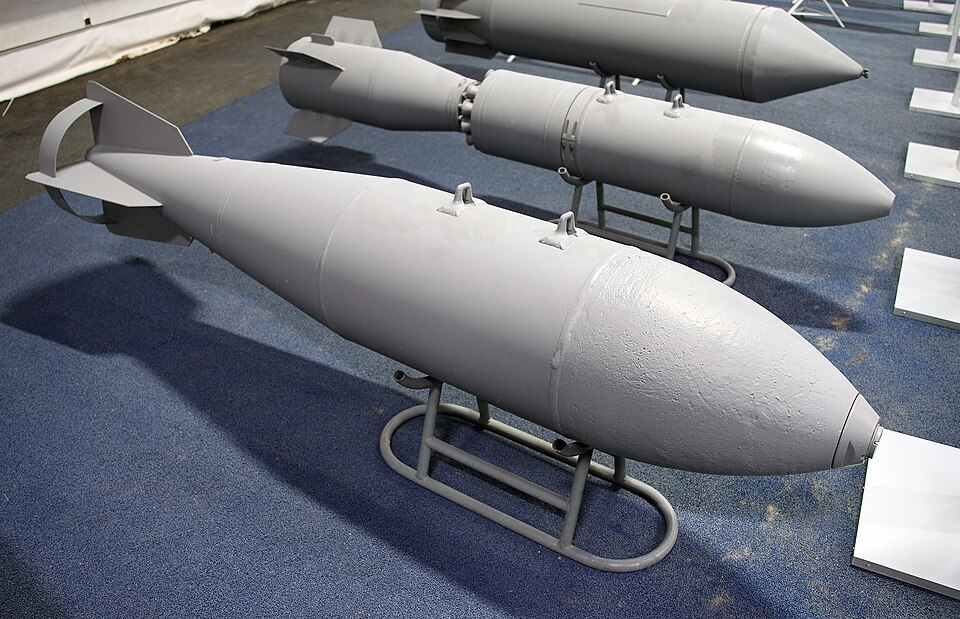
1. Russian Glide Bombs: From Improvised Kits to Extended-Range Weapons
Russian glide bombs, equipped with UMPK kits, have gone from primitive makeshifts to precision instruments. Initial installations on FAB-500 and FAB-1500 bombs provided 40–60 km range, subjecting Ukrainian forces to concussive shock that could debilitate whole units without even hits. By mid-2025, the UMPK-PD variant provided over 95 km range, allowing Su-34 bombers to attack deep in Ukrainian rear zones while remaining outside most air-defense shields.
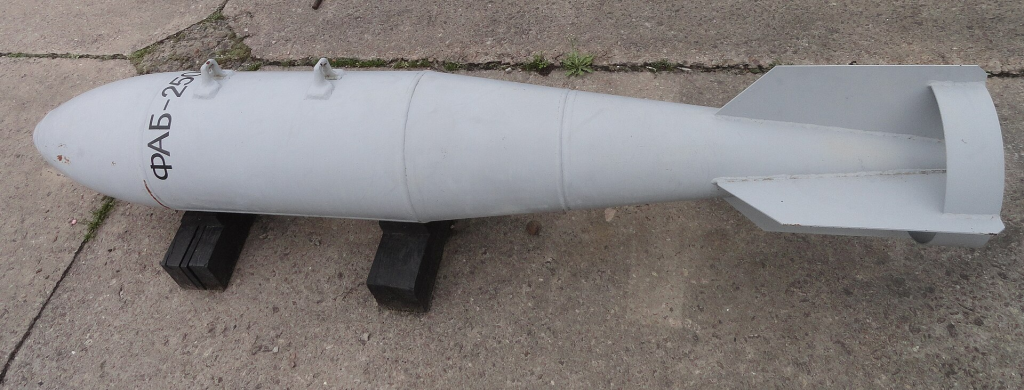
Guidance is based on Kometa-M GNSS modules, now supplemented with algorithms for efficient processing to withstand jamming and with simple fold-down wings for lift. Explosive loads vary from 100 kg in FAB-250s to more than 1,200 kg in FAB-3000s for leveling fortified bunkers.
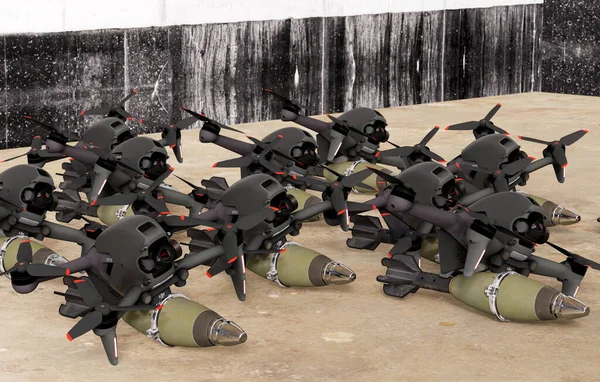
2. Battlefield Air Interdiction through UAVs
Russia’s drone technology, much of which is backed by Chinese parts, is carrying out partial battlefield air interdiction (BAI) preventing Ukrainian troops from having access to important ground lines of communication (GLOCs) without actually knocking out infrastructure. Radio-jamming-proof fiber-optic-controlled FPV drones are patrolling as far as 20 km from the front line, targeting supply convoys, armored columns, and even forest trails previously covered by tree canopies. Lancet loitering munitions have a range of 110 km, with Molniya FPVs averaging 50 km, striking at logistics centers and defensive locations.
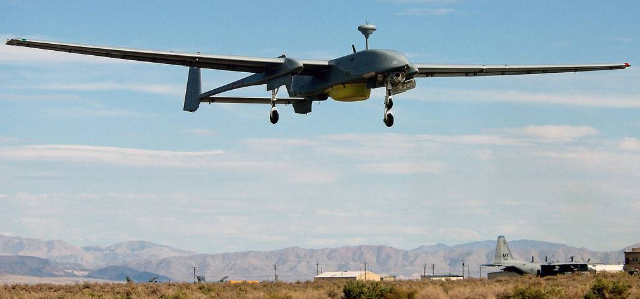
3. Joint UAV and Ground Attacks
Russian attack groups tend to move up with direct UAV cover. Fiber-optic drones spoof Ukrainian electronic warfare systems, opening the door to FPV attacks on armor. Recce UAVs such as Orlan-30 are repeaters, extending command signals for deep strikes. In a few instances, sleeper drones fitted with Gibernator modules sleep for weeks before being awakened, allowing surprise strikes from camouflaged positions.
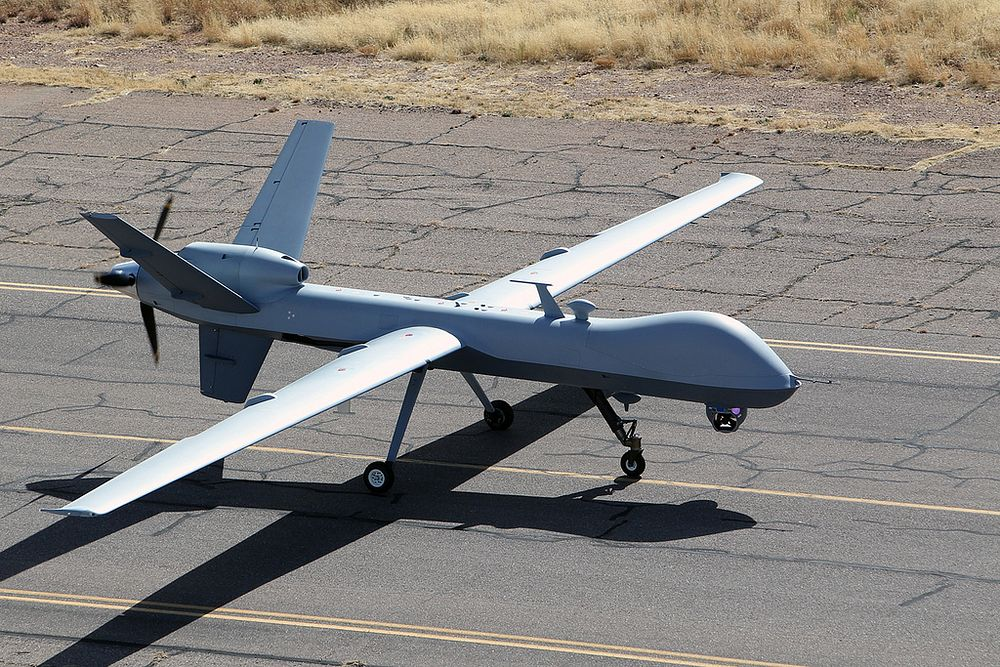
4. Ukraine’s Long-Range Drone Campaign
Ukraine’s Drone Forces have conducted 85 strikes within Russia in less than two months 33 against military targets and 52 against weapons-producing industrial plants, engines, and rocket fuel facilities. Syrskyi attributes these with causing fuel shortages that thwart Russian logistics. Most of these missions utilize fixed-wing UAVs to vector armed quadcopters, establishing kill zones as much as 20 km deep behind Russian lines, compelling enemy advances on ground.
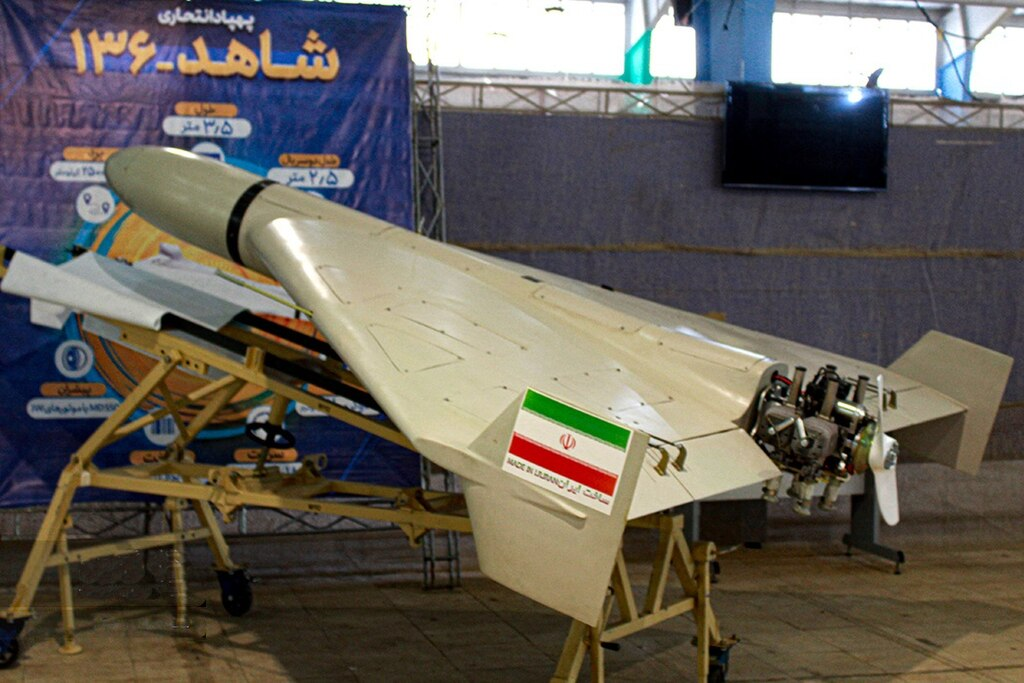
5. Interceptor Drone Engineering
Against massed Shahed and Geran drones, Ukraine has upgraded its anti-drone framework with kinetic interceptors. Platforms such as the Sting, which can fly at over 300 km/h, and the AI-guided Tytan, designed jointly with German engineers, track and destroy incoming UAVs on their own. Low-budget platforms like the Techno Taras ($1,600) and General Cherry interceptors ($1,000) have between them shot down hundreds of Russian drones. These interceptors incorporate small AI chips for computer vision, allowing fire-and-forget missions.
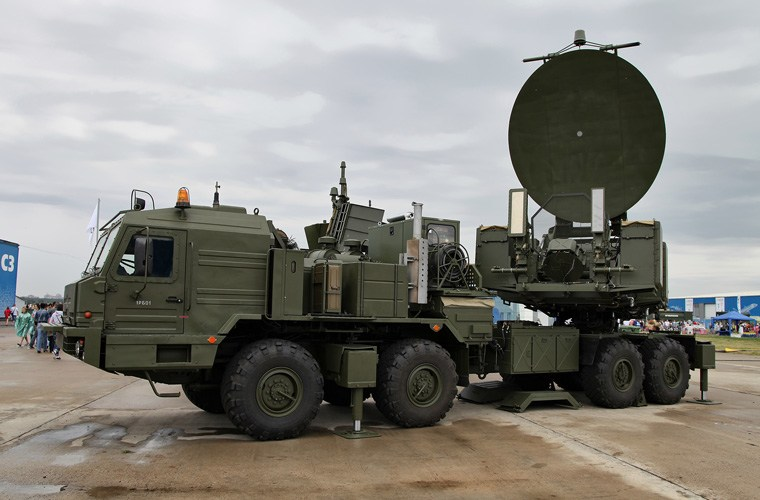
6. Electronic Warfare and Acoustic Detection
The EW equipment of Ukraine has over-occupied the front, disrupting Russian glide bomb accuracy by cutting GLONASS links. National acoustic sensor arrays, which were originally constructed from recycled cell phones, identify incoming drone and missile signatures. Refurbishments now swap out old processors with more powerful ones, giving early warning at a tiny fraction of missile defense costs.
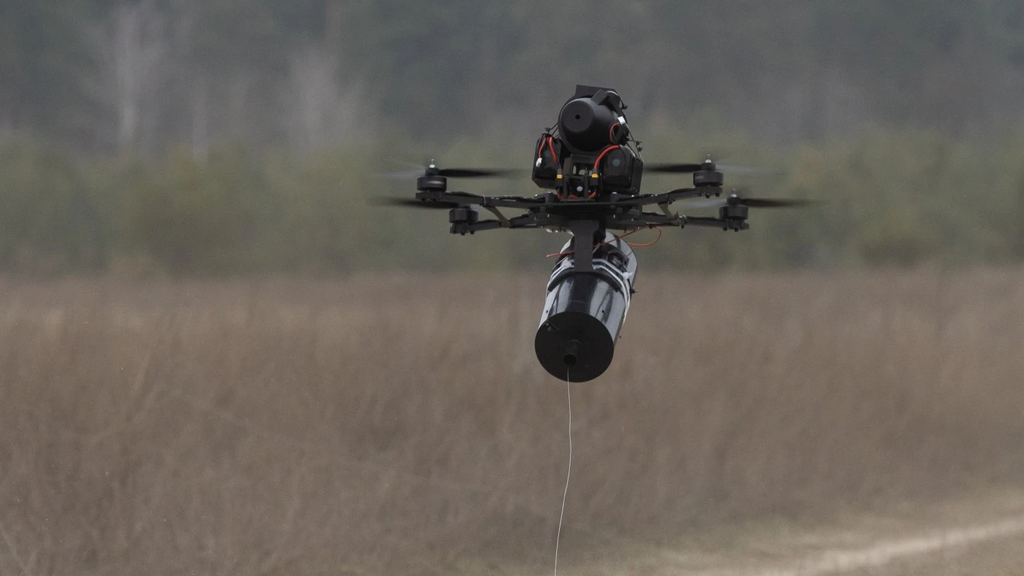
7. Countifying Fiber-Optic Drones
Fiber-optic drones are still among Ukraine’s most difficult challenges. Anti-drone nets along roads and defensive lines try to stop them, but Russian swarms will usually break through these barriers with sequential attacks. Small arms are the main countermeasure, but their utility is limited against speed, low-profile UAVs. Ukrainian developers are experimenting with reusable interceptor drones that launch projectiles, robotic air-defense modules, and Shrike FPV interceptors that cost only $300.
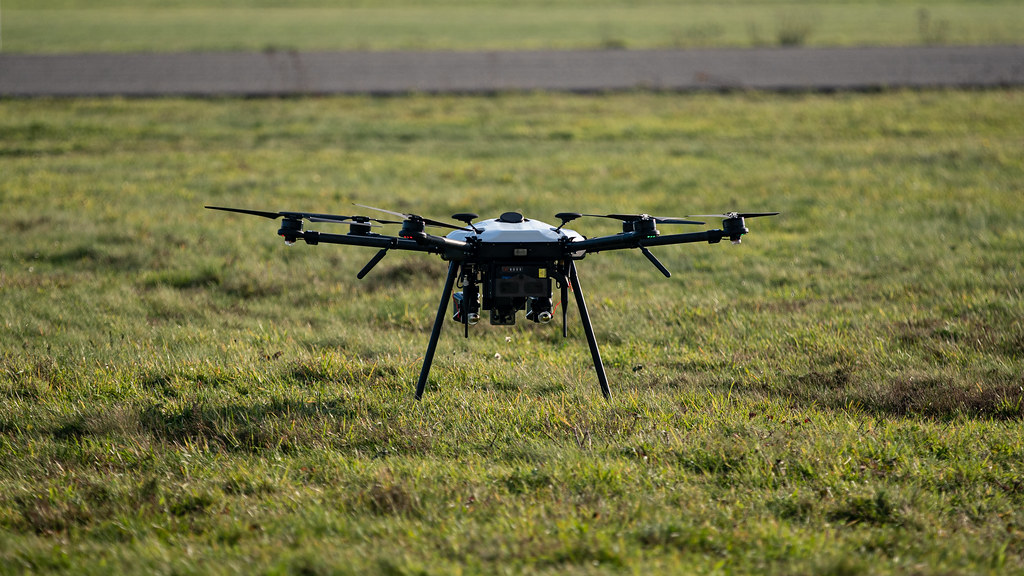
8. Strategic Implications
The interplay between Russia’s “thousand cuts” ground assaults, precision glide bombs, and UAV-based interdiction has stretched Ukraine’s defenses across an expanded front. Technological adaptation on both sides whether in extended-range munitions, AI-guided interceptors, or EW-resistant drones has created a dynamic battlefield where tactical innovation can rapidly shift operational momentum. As Syrskyi’s forces regain territory in localized pushes, sustaining these gains will depend on scaling counter-drone measures and disrupting Russia’s integrated strike networks before they achieve decisive breakthroughs.

